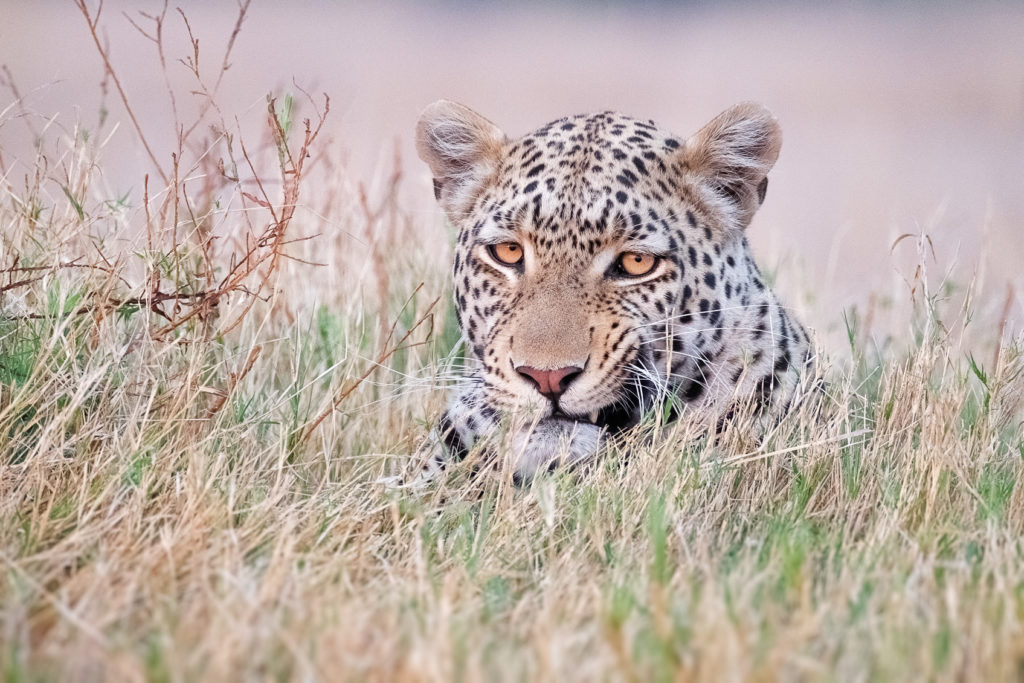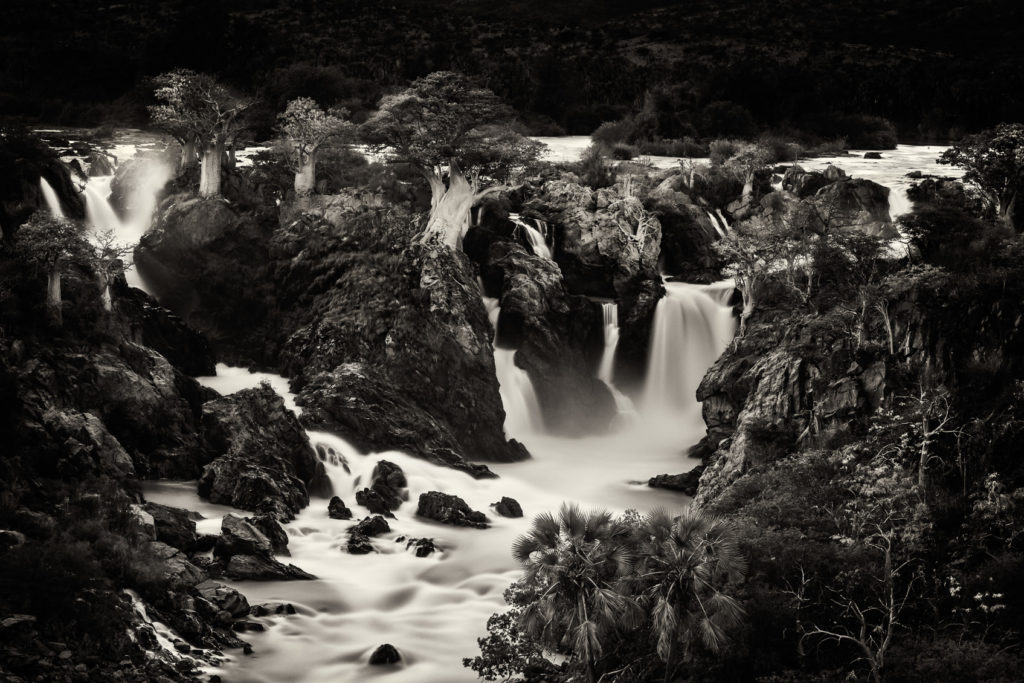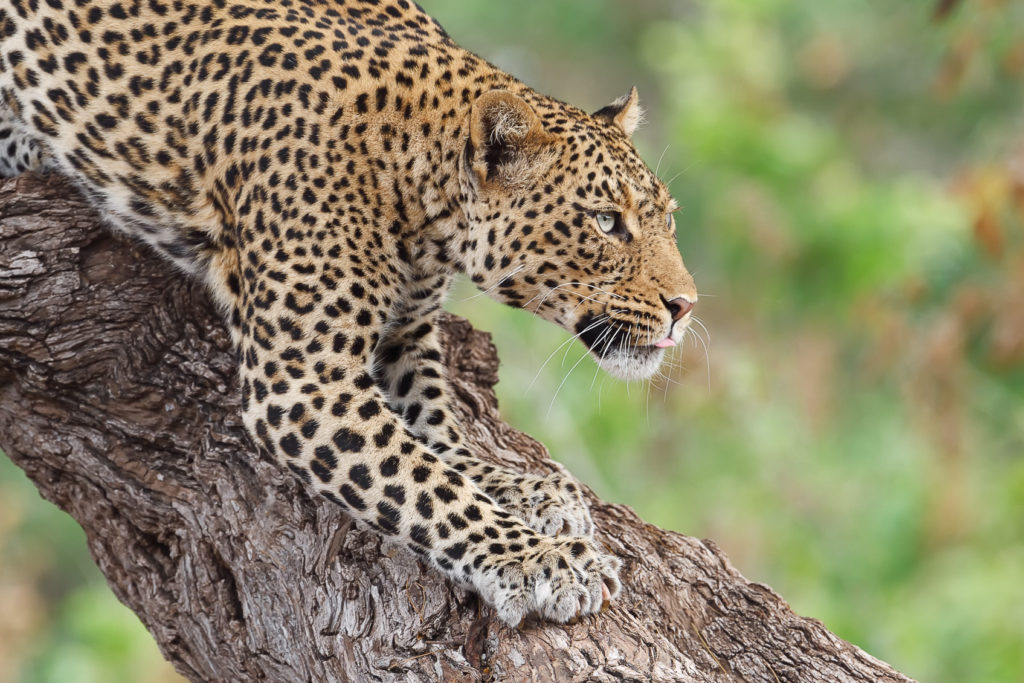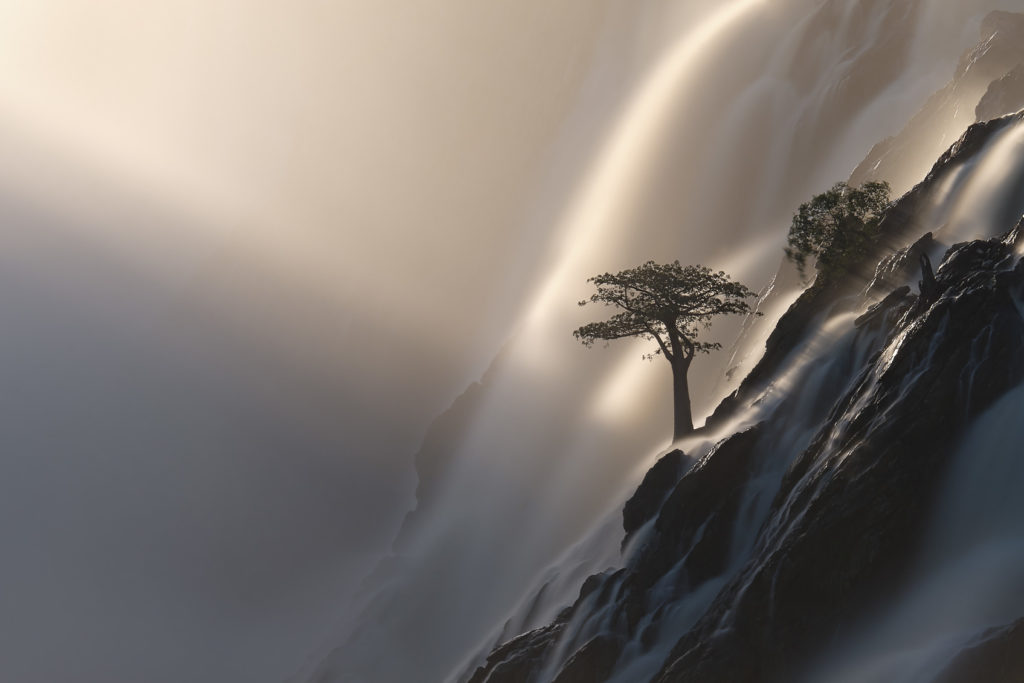Nature, Landscape & Wildlife Photography – What Is The Big Difference?
How can we define nature, landscape, and wildlife photography?
Is there a big difference between these types of genres, nature landscape photography? Well, in my opinion, there is a difference, each belong in their own sub-categories. After doing some research, I found what I was looking for to write this blog post. Nature photography is a wide range of photographs captured outdoors. It displays natural objects, sceneries, landscapes, wildlife, flora, close-ups (macro), and patterns.
I thought I would write a blog post, but this is a more significant project. As a matter of fact, searching the internet for more information about this subject is overwhelming! In this article, I list the essential genres and do my best to explain the differences. But I should add, everybody has their own opinion on each genre.
How do you define nature photos? Feel free to write your opinion in the comment section below. Don’t be shy.
Sections:
Landscape, wildlife and nature photographs. Patterns, sand dunes, rain creates virtual waves – that you find in the famous dunes in Namibia. When I saw that dune it looked like a 3-D effect, which an acrylic print from this photo displays it perfectly.
What is nature, landscape, and wildlife photography?
In my opinion, Nature photography is an umbrella under which it hosts the following sub-categories/genres.
Landscape photography
Are sceneries displaying natural objects like waterfalls, rivers, seashores, beaches, mountains, trees, oceans, patterns, and many more. As well as close-ups of mother nature.
Wildlife photography
Also called wild animals photography. Wild animals, because they are the main subject/s, which roam freely in their natural environment/habitat. And they do not depend on humans for food!
Macro photography
The famous close-up photographs of insects, flowers, and fauna.
International standard definitions are:
Wait a minute! In 2014 three of the largest international photography organizations agreed to standard definitions. They are the Photographic Society of America, Federation Internationale de l’Art Photographique, and the Royal Photographic Society. They agreed on the definitions to be used in major photo competitions and exhibitions since the 1st of January 2015. In this research article you will find it all meticulously explained.
Nature Photographs
They include landscape photographs of weather phenomena, geologic formations as the primary subjects. Human subjects shall not be presented in the photos, except these human elements are integrated into the subject’s story. Surprisingly, also includes subjects in controlled areas. Such as zoos and aquariums, where living beings depend on humans for food! According to the agreement from above.
Wildlife Photographs
These are wild animals photographed solely in their natural habitats/environments, including Marine life and botanical subjects. Botanical subjects are algae and fungi.
Above all, the definitions are for the major photo competitions and exhibitions. Are these categories as well the standard for nature, landscape, and wildlife photographers? All in all, this depends on each photographer how she/he sees their work. How do you define your work?
Black and white wildlife photograph of 3 graceful Giraffes walking along the desert’s edge.
My take on view about nature, landscape, and wildlife photography
From my point of view, the above categories all fall under the nature genre. Why? All things considered; the photography organizations made it clear how they define each category. I practice nature, landscape, and wildlife photography. My subjects, wild animals, are photographed solely in their natural environment. The landscape photos do not include any humans. If they do, you can find them under my category, travel photography. Therefore, in my opinion nature photographs cover, landscape and wildlife. When I did my research, I learned so much more. Many use the common term for their landscape and wildlife photographs combined on their websites. Others only practice landscape or wildlife photography. Some photographers have their photographs for sale of wildlife, others their landscape pictures. Since I photograph both genres, I call it nature photography and have my nature photos for sale as prints and personal or commercial license.
Is there a big difference between these genres?
Yes, there is. As a matter of fact, we know there are different genre names and which subjects fall under these. Surprisingly there is a bit of confusion. Surely, I make this clear on my website by presenting my images in a straight forward manner for you. You should find what you are looking for without a compass. Therefore, I have set up a filter with different sub-categories, themes, countries…etc. An easy way how to find your way easily around the website. Undoubtedly, you look for specific genres and subjects. Fyi, you will find the “chauffeur” in the search box!
Which differences do I have in my nature photography portfolios?
Actually, not too many. I stay more or less with the standards to display my website visitors with the most straightforward way to navigate. In my overall photographs portfolio you will find the filter, as well as in each sub-portfolios. This makes it easier for you to find what you are looking for. I set up genres, themes, keywords for each photo portfolio. See below in the screenshot display.

In this screenshot you see the photo filters I have applied on my website. This helps my website visitors to find what they are looking for.
Nature photography
The famous Quiver tree in Southern Africa. The morning sun creates the vibrant colors on the branches. At the ends of the branches float delightful wispy clouds.
Nature photography is the term I use for my overall photo portfolios on my website. This name hosts everything under one umbrella. But still, it is not straightforward enough. In my photo portfolios filters, you will find genres of nature photography, landscape, and wildlife. However, my travel photography does not fall under the nature genre.
Throughout my website you can purchase my fine art prints and image licenses.
Landscape Photography
The famous solitary Acacia tree is standing at the edge of the Etosha salt pan within the National Park in Namibia.
In fact, the name already says it is all about beautiful sceneries in nature. From the breathtaking roaring waterfalls to colossal icebergs sailing the Arctic Ocean. Of course, unique red sand dunes and deserts to mountains and many more. You can even breakdown landscape photographs into categories, which many do.
- African Landscape Photographs – scenery photos of the African continent.
- Arctic Landscape Photographs – images of the Arctic circle, massive icebergs floating in the ocean, snow-covered landscapes, and more.
- European Landscape Photographs – Swiss Alpine, the gorgeous coast of Brittany, and more.
- Waterfall Photographs – it is all about roaring waterfalls, small and tall.
Wildlife photography
An African leopard is resting on an old termite hill. This wildlife photo displays the wild animal in its natural environment. View more photos of Africa’s animals.
Here we come to all free-roaming wild animals on land and in water. These are photographs of wild animals who do not depend on humans for food. While doing my research, I found many more sub-categories for wildlife photos. Indeed, it was nearly endless, African wildlife photography, Arctic wildlife photography, you name it. Then again, they all come under the one umbrella of the wildlife genre. On my website it also goes into narrower genres.
Wildlife Genres
- Lion Photography – this portfolio features the largest big cat on the African continent.
- Giraffe Photography – a portfolio of one of the most elegant, graceful and tallest land animals, the giraffes.
- Elephant Photography – beautiful photos of the mighty elephants in Africa and Asia.
- Bengal Tiger Photographs – of the biggest wild cat, globally, in its natural habitat, India.
- Leopard Photographs – a portfolio of the second-largest and most elusive predator in Africa, the leopard.
- Polar Bear Photographs – of the endangered apex predator roaming the Arctic circle. On icebergs, on snow or on a sandy beach.
- Rhino Photographs – the armor protected dinosaurs, the endangered and rare rhinoceroses in Africa and India.
- Cheetah Photographs – one of the most elusive and vulnerable wild cats.
Is there an end to how many sub-categories/genres exist? I do not know. I did not search for “the end”.
Nature photography, including landscape and wildlife, are one of the most popular photography practiced
In fact, nature, landscape, and wildlife photography has become more popular over the years. Undoubtedly, it requires a lot of preparation. It is helpful to have suitable cameras, lenses, tripods, and even more camera gear. Besides, one of the most needed, in my opinion, is a passion for nature as well as patience. Sadly, mother nature does not always do as we like and certainly not when you snap your fingers! You need to wait for the right moments, light, and many other factors to capture the the perfect moment. Quickly said, I know.
Capturing photographs outdoors is not like a walk in the park. To get the one unique photo takes a lot of effort and time. Indeed, nature, landscape, and wildlife photography need a lot of attention, mental endurance, physical fitness, and patience. I would like to add as well, you need to have a source of motivation. For myself, I love every challenge I come across in the field. Surely, it happens that I sit waiting in the same spot for days. I am keen to get a glimpse of and photograph newborn leopard cubs. Or I am waiting for the lions to get up from their 23-hour daily sleep! Or I even hike 20 kilometers / 12.4 miles through knee-deep snow to capture massive icebergs floating off-shore of Greenland. In my opinion, you need to have a passion for nature and motivation.
Do we consider nature, landscape, and wildlife photography as fine art?
As the matter of fact, we do. Black and white nature photography is the most popular with art collectors, but not only black and white, also in color. Collectors of fine art photo prints are individuals who have a passion for collecting and preserving photographs as an art form. They seek out high-quality prints from acclaimed photographers and build collections that often reflect their personal tastes and interests. Collectors know how much effort, attention, and time which is involved in taking the once in a lifetime photograph. Through their collections, they help to promote and preserve the art of photography. They value the persistence of photographers. I won’t start now to talk about fine art photography, as it deserves its own post.
Fine art black and white landscape photograph of the famous Epupa waterfalls in Namibia.
Summing up the genres from above
After all, the best platform to buy nature photography prints is the internet. At the present point in time, many nature photographers distribute/sell their nature photography prints on their websites. They have a Filter / Site Map to help you navigate through their websites. In addition, a search box will take you to your destination even faster. You can find the search box on my website in the top right.
Discover how to choose the perfect print of a beautiful landscapes for your office or home decor.
Let me know what you think about Nature Photography in the comment section below.








An excellent blog post, very interesting, informative, and also very well explained plus the outstanding photos.
Bravo Anette, you’ve nailed it 👏👏👏
Best regards,
Lucy Beveridge
http://www.africanasafari.com/about
Thanks so much, Lucy. I am glad you like the post about nature, landscape and wildlife photography.